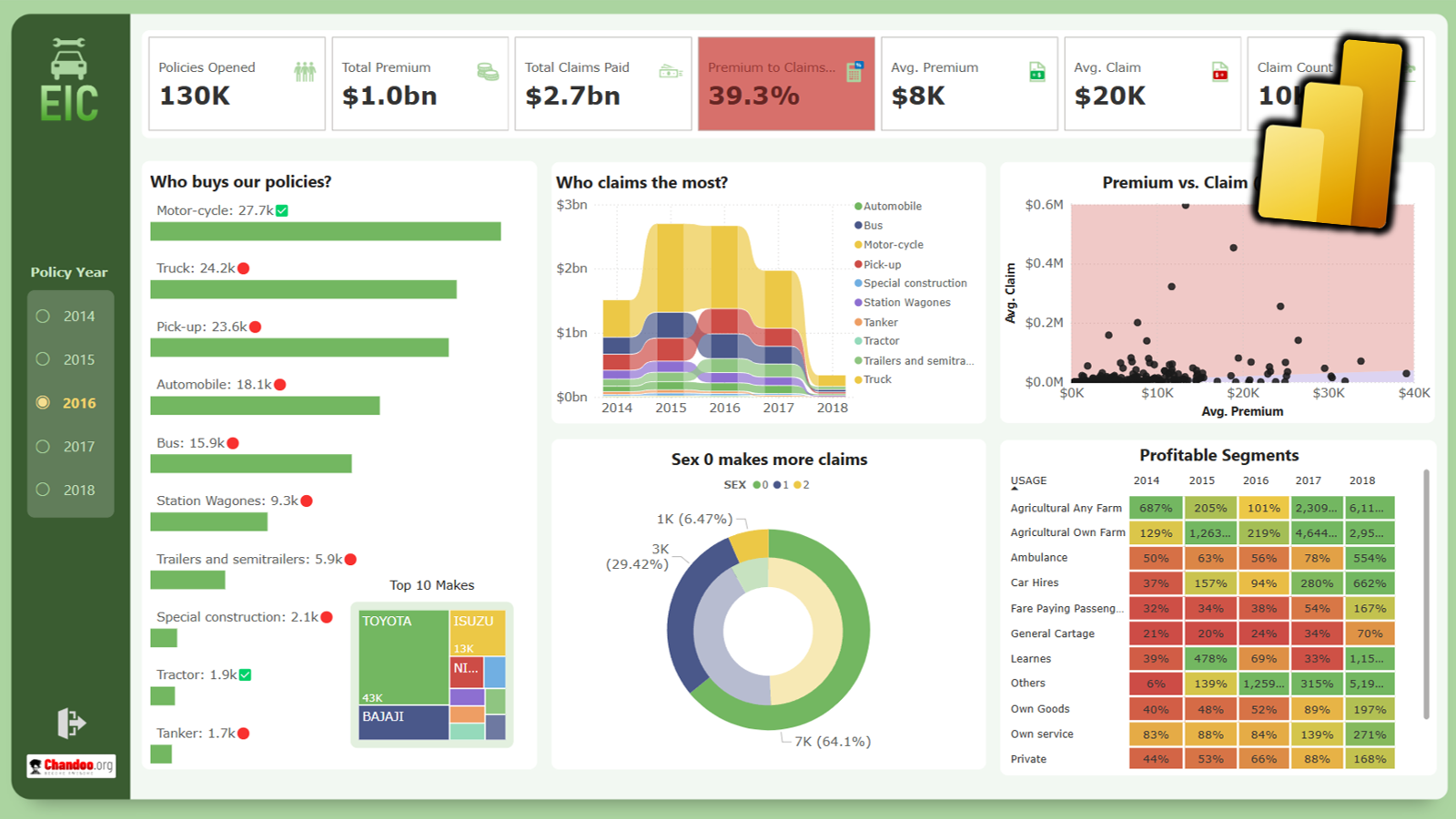Few days ago, I saw a beautiful homemade science experiment on Sand Pendulums on Bruce Yeany’s YouTube channel. Go ahead and check it out. It is a cool project to do with your kids.
I will try this experiment with kids during school term holidays around Easter. But first, I wanted to try the simulation in Excel.
Simulating sand pendulum pattern in Excel
Take a look at the final simulation.

Pendulum pattern – Lissajous curve
The patterns generated by sand pendulum are nothing but Lissajous curves. We can generate these curves in Excel by using below equations.
- X = A * SIN(a*t + d)
- Y = B * SIN(b*t)
where
- A & B refer to amplitude (the length pendulum travels before reversing its direction) along X & Y axes
- a & b refer to height of pendulum along X & Y axes (if these are same you get a simple pendulum and thus a straight line pattern)
- d refers to degrees of shift (its a bit complex to explain here, but read about phase shift on Lissajous curve Wikipedia page)
- t refers to radians (degrees).
But this will generate a smooth line, how to show sand?
Simple, after computing each pair of (X, Y) we add a small random noise to them. This creates an impression of sand falling from pendulum on to a surface and bouncing off. Let’s define our new equations as,
- X = A * SIN(a*t + d) + jx * rand()
- Y = B * SIN(b*t) + jy *rand()
Where jx & jy are jitter fractions (very small numbers, lest the dots will be too away from original points)
What if the pendulum never stops?
Since we are simulating the movement of a pendulum in Excel, we can choose to have a never stopping pendulum (ie a simple gravity pendulum). In this case A & B values never change.
In real life, A&B will reduce with each oscillation until the pendulum comes to a stop (because there is air drag, friction and other forces at play too).
Let’s look at the chart & VBA
Enough physics & maths. Let’s take a look at the chart & VBA behind this simulation.
- Set up 3 columns, one with t values starting from 0 and increasing by 0.05 per cell, next two with X & Y values.
- Leave the X&Y values blank. We will use VBA to fill these.
- Let’s say we use 5000 (x,y) values to plot the chart. This gives enough variation. You can alter the number of rows later.
- Create a scatter plot with smoothed line using these 5000 (x,y) values.
- Using VBA, iterate thru column t and calculate X & Y values for each t value using above equations.
- Update the chart by using doEvents after every n calculations. Try n=25 first and change as you see fit. Updating the chart after every calculation slows down the animation significantly.
- Change A, B, a, b, d, jx, jy and air drag factors to generate different curves.
Here is the VBA code used for the animation.
Sub animate()
Dim xVal As Double, yVal As Double, jx As Single, jy As Single
Dim t As Range
Dim a1 As Single, drag As Single
Dim a2 As Double, b2 As Double, d As Double
Dim updateScreen As Integer
Dim tVals As Range
a1 = 1
drag = Range("air.drag")
a2 = [a.2]
b2 = [b.2]
jx = [j.x]
jy = [j.y]
d = WorksheetFunction.pi() / Range("d")
Set tVals = Range("t.vals")
Range(tVals.Offset(, 1), tVals.Offset(, 2)).ClearContents
Range("done") = "drawing..."
For Each t In tVals
xVal = a1 * Sin(t * a2 + d) + jx * Rnd()
yVal = a1 * Sin(t * b2) + jy * Rnd()
t.Offset(, 1).Value = xVal
t.Offset(, 2).Value = yVal
'update screen after every 25 times this loop has run
updateScreen = IIf(updateScreen = 25, 0, updateScreen + 1)
If updateScreen = 0 Then DoEvents
'Reduce A & B values by using drag
a1 = a1 * (1 - drag)
Next t
Range("done") = "done"
End Sub
Download Pendulum Sand Patterns Workbook
Click here to download the Pendulum Sand patterns workbook. Play with the animate & random pattern buttons to see some cool patterns.
Have you done this experiment?
This is a cool way to teach kids the awesome pattern power of simple things in life. Have you done this experiment? If not, give it a try. If you think playing with sand is too messy, try the Excel workbook.
Also check out: 3D dancing pendulums post to see some cool & clever animations. Huge collection of spreadsheet tools & simulations for teachers.




















